Where to learn about history in Cambodia
Cambodia is one of the most naturally beautiful countries in the world. However, below the surface of this striking beauty lays a heartbreaking past.

Cambodia is undeniably one of the most naturally beautiful countries in the world. However, below the surface of this striking beauty, lays a heartbreaking foundation. There are a wide range of museums throughout Cambodia, each offering a captivating, albeit chilling, insight into the country’s culture and heritage as well as a harrowing look at the turbulent, tragic and violent past. These events remain in the minds of the Cambodian people and are something everyone should learn about when paying this country a visit.
Although there is much debate about whether or not such sites should be open to tourists, there is a lot to be said about this “morbid tourism” existing for the sake of education. As the saying goes, “those who cannot remember the past are doomed to repeat it.” As long as visitors are acting respectfully, the experience can only show positive results.
Accessibility to these sites allows us to become better informed about the country’s history while also offering us a way to pay homage to the men, women and children whose lives were lost, as well as to find a way to understand what happened on the land we are able to walk on. As C S. Lewis once said, “A man who has been in another world does not come back unchanged.”
Choeung Ek Genocidal Center
Phnom Penh
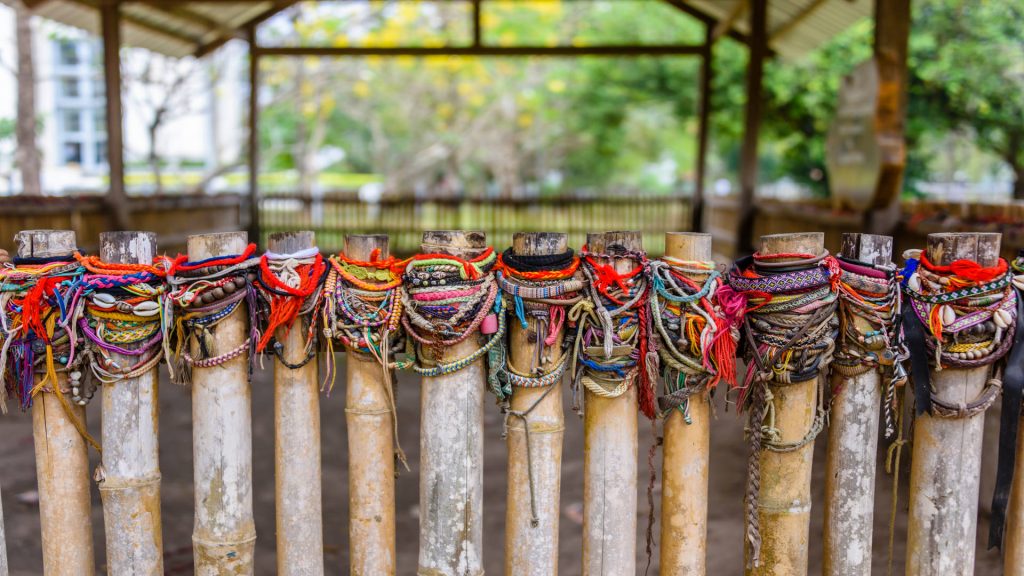
Between 1975 and 1979, the Khmer Rouge regime, led by Pol Pot, ruled Cambodia with virulent and destructive force. During this time, it is believed that two million people, about 25% of the country’s population, were killed.
What was once a beautiful orchard is now a goosebump-inducing memorial, for the estimated one million of those victims, at the mass gravesites, which is known now as the Killing Fields. Not a site, or sight, for the faint of heart, Choeung Ek still has rags half buried in the dirt and various memorials that stand at the exact site where specific horrific acts would occur as a tribute to those who were killed. The site also has a Buddhist stupa, wherein over 10,000 skulls and bones of the Killing Fields’ victims are on display, all of which face outwards, “looking” over the fields.
Today, most of the fields from which bodies were exhumed are completely empty, making everything here all the more eerie.
Hours of operation: 7:30 a.m. – 5:30 p.m., 7 days a week. Every year on May 9th, the site holds a special memorial to honor its victims.
Tuol Sleng Genocide Museum
Phnom Penh
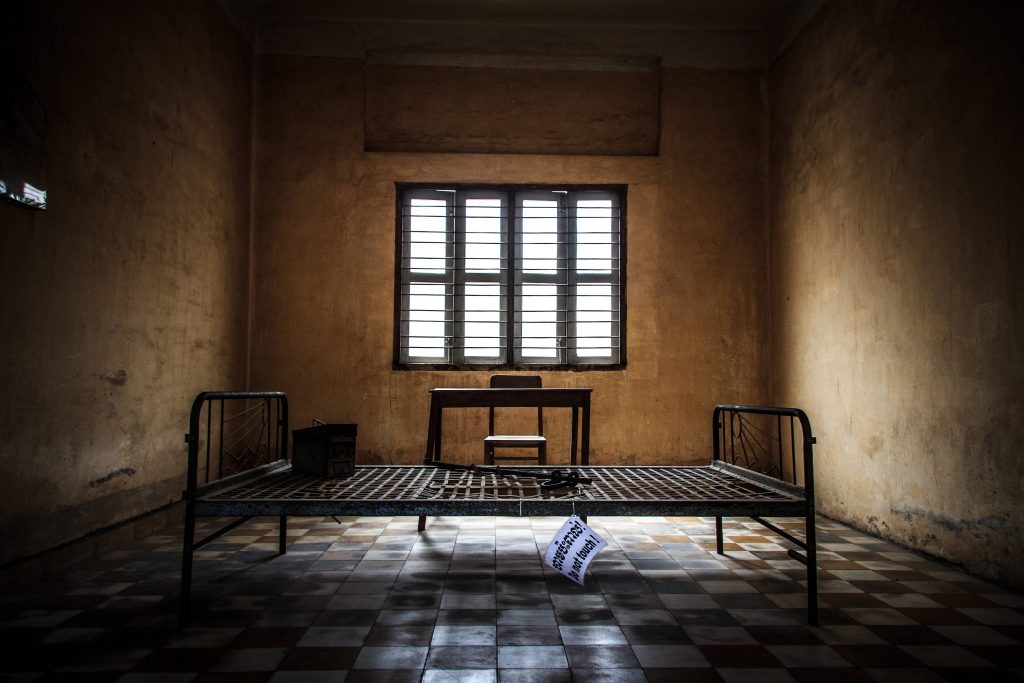
Located in central Phnom Penh, this former high school was transformed into a camp for political prisoners. Known as Security Prison 21 (S-21), this camp played a major and horrific role during the Khmer Rouge regime. Of the nearly 20,000 people who crossed the threshold, only seven walked out alive, while many others were tortured and killed or sent to death at Choeung Ek. Discovered in 1979 when the Vietnamese army liberated Phnom Penh, most of Tuol Sleng has been left as it was when it was discovered; with blood-splattered walls and abandoned tortured tools out on display, offering a sobering insight into the ruthless and inhuman regime.
Hours of operation: 8:00 a.m. – 5:00 p.m., 7 days a week.
Cambodia Landmine Museum
Angkor National Park, 15.5 miles (25 kilometers) north of Siem Reap
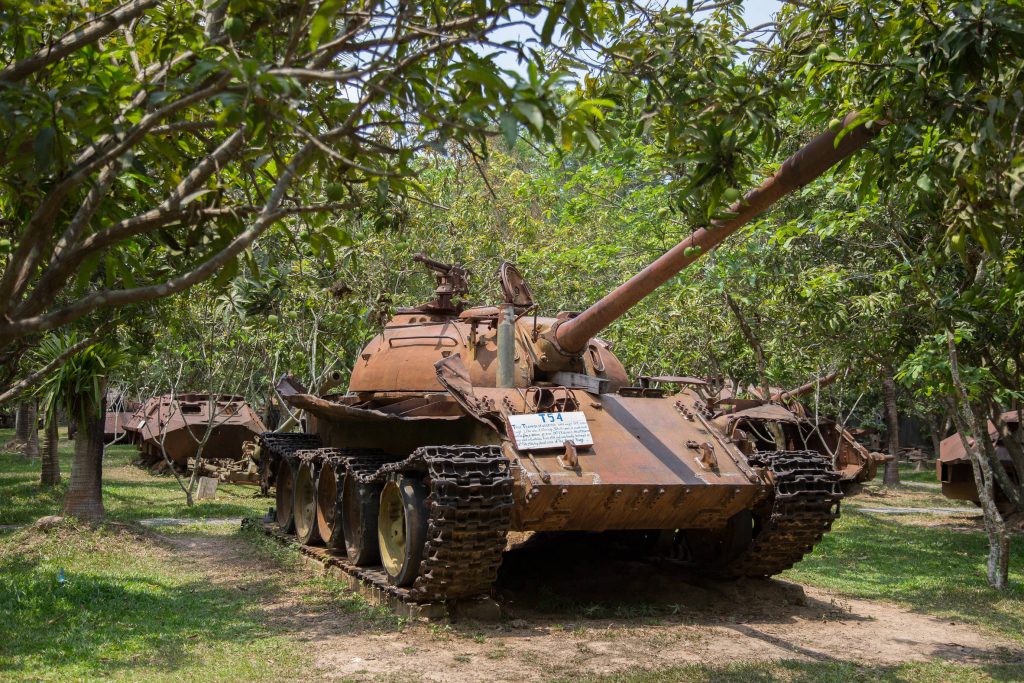
As a result of decades of warfare, Cambodia is one of the countries with the most landmines in the world. Today, there are an estimated 6 million live landmines still buried around the country. In an effort to help fund the programs that aim to clear the country of these landmines, this museum was opened. The museum houses collections of weapons and tanks from the Khmer Rouge and the Vietnamese occupation as well as massive collections of landmines that have been de-mined.
Hours of operation: 7:30 a.m. – 5:30 p.m., 7 days a week.
Killing Caves of Phnom Sampeau
11 kilometers (7 miles) southwest of Battambang
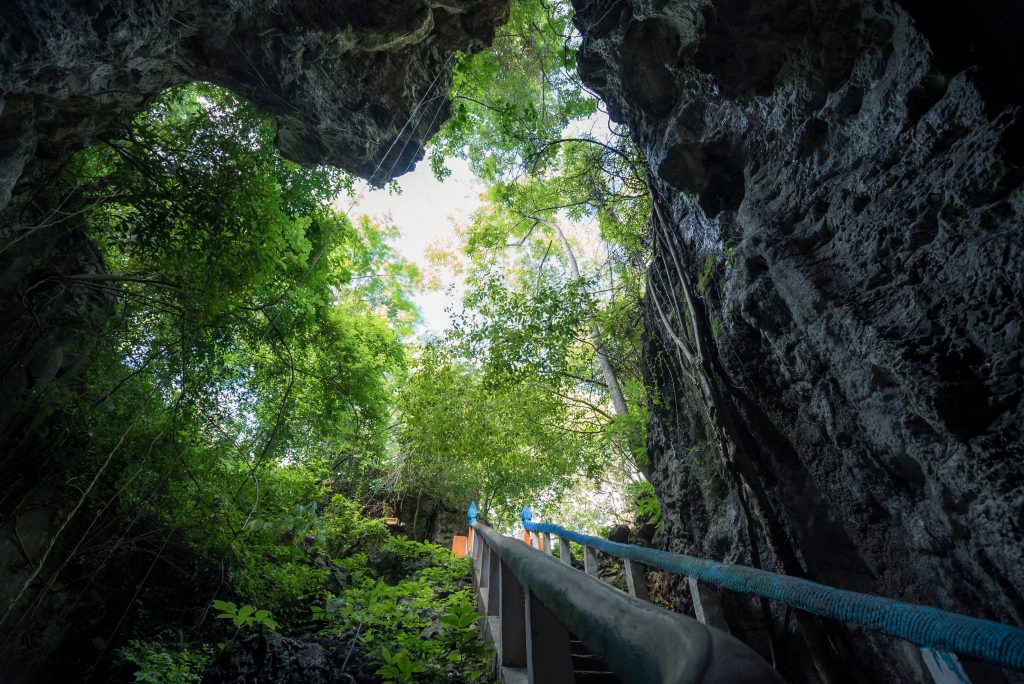
Another former Khmer Rouge regime execution site, many of these caves were used by soldiers to push their victims to their deaths through a natural occurring chute in the top of the cave.
On a lighter note; the views from the top are breathtaking, and every day at dusk for about 30-40 minutes, millions of bats that inhabit the caves fly out and swarm the multi-colored sky into the night. The best way to get to the caves is by taking a bus from Phnom Penh to Battambang. From there, you can hitch a ride in a tuk tuk straight to the caves.
Hours of operation: 8:00 a.m. – 7:30 p.m., 7 days a week.
Preah Vihear Temple
Dângrêk Mountains, Thai-Cambodia border
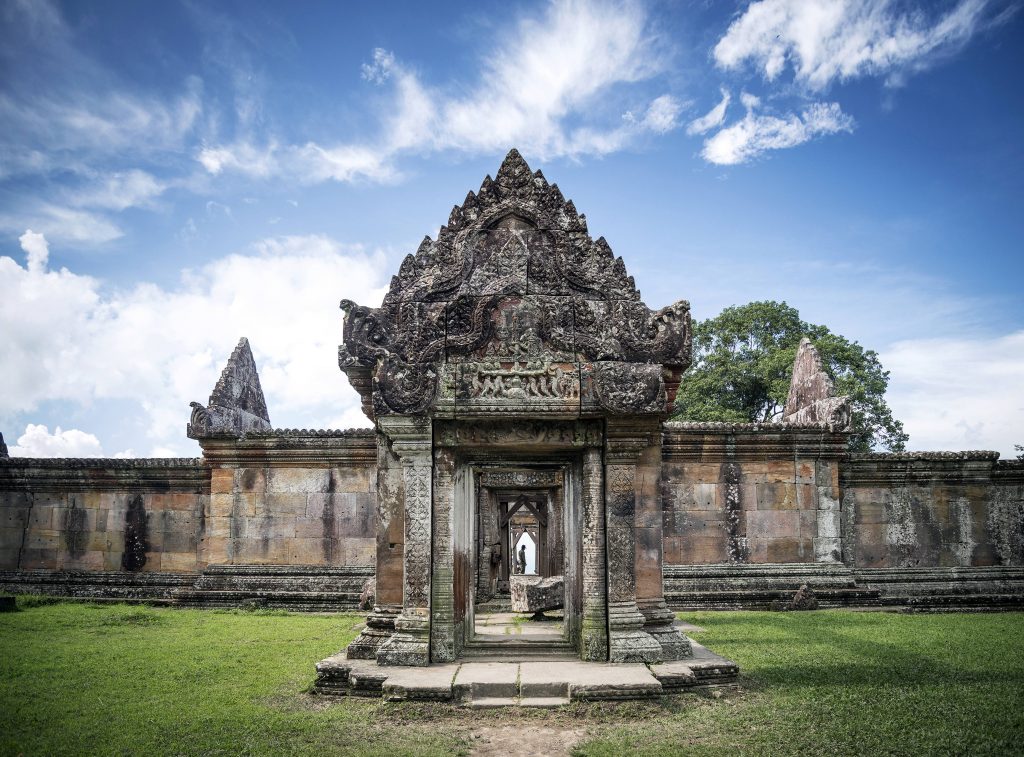
Prasat Preah Vihear (translating to temple of the sacred mountain), sits atop a 1,722 foot (525 meters) cliff on Cambodia’s border with Thailand in the Dângrêk Mountains. Dating back to the 10th century, it is believed that this temple was built to honor the deity Shiva and to replicate the temples of nearby Angkor Wat.
Because of Preah Vihear Temple’s location on a mountain range that belong both to Cambodia and Thailand, the site was the center of conflict for decades. The two countries were mercilessly fighting over ownership of the sacred Hindu temple until 1962, when the International Court of Justice in The Hague ruled that the temple was, in fact, in Cambodian territory. In 2008, the it was officially listed as a UNESCO World Heritage Site.
Hours of operation: Ticket office is open 7:30 a.m. – 4:30 p.m., the temple is open until 5:30 p.m., 7 days a week.
As a tourist, it’s hard to know how to feel when you visit a site of such astronomical atrocities. That being said, these types of trips also leave you feeling deeply moved. The profound sadness as a result of what you encounter is met with feelings of encouragement by the strength of the human spirit and the kindness of the locals, despite the horrors that occurred to them in such recent history. It is impossible to visit these sites feeling unchanged… for the better.





